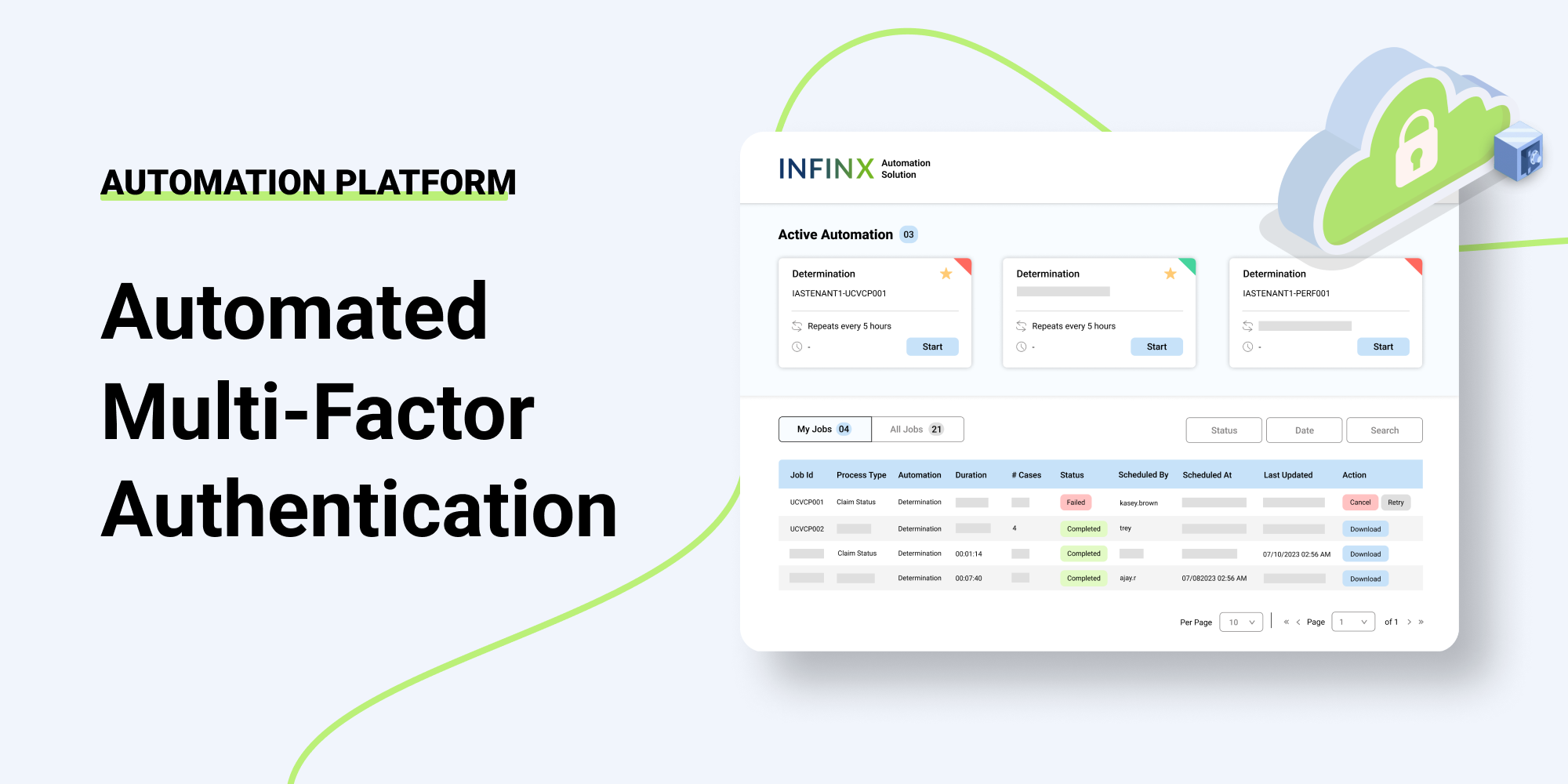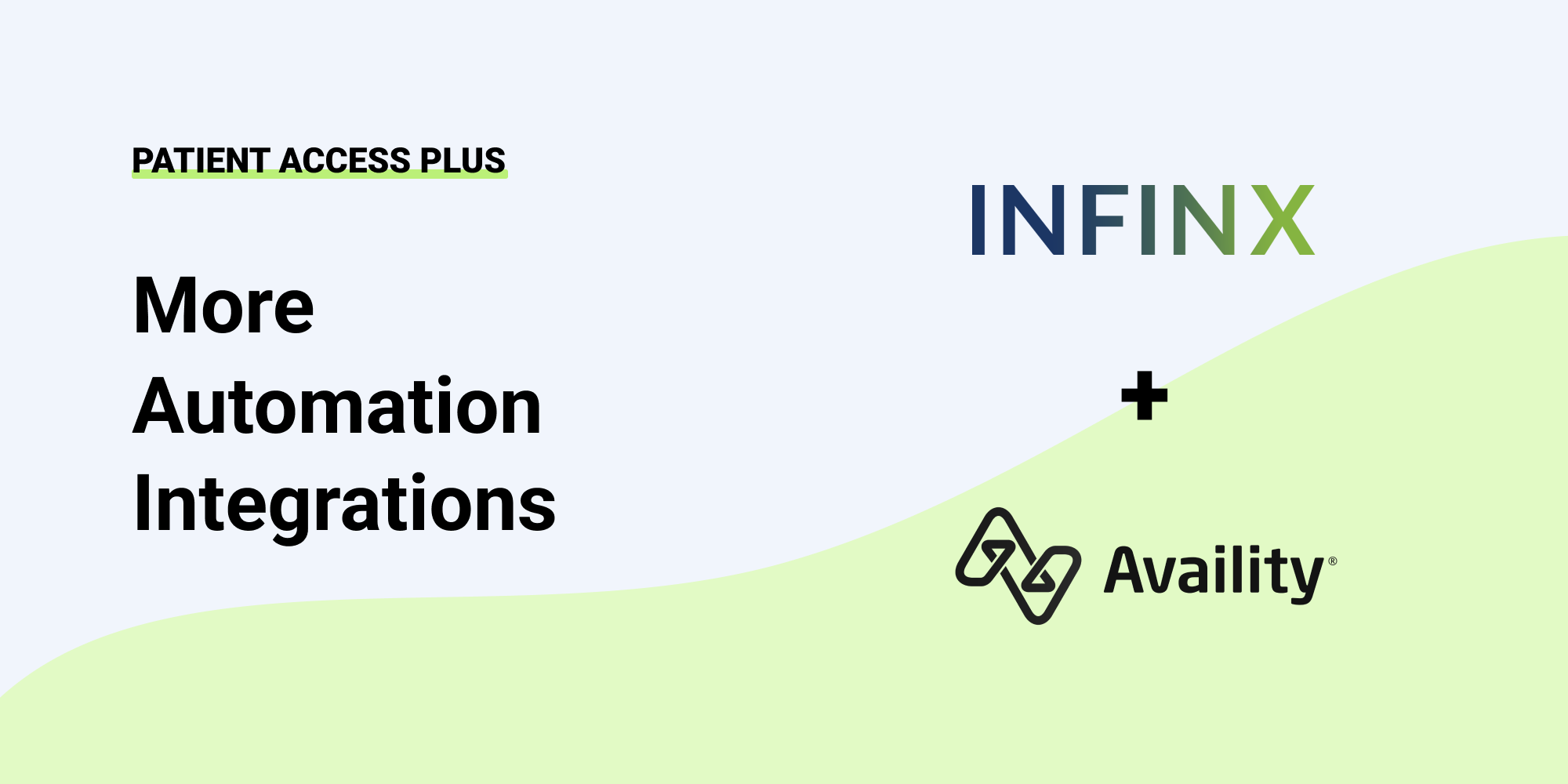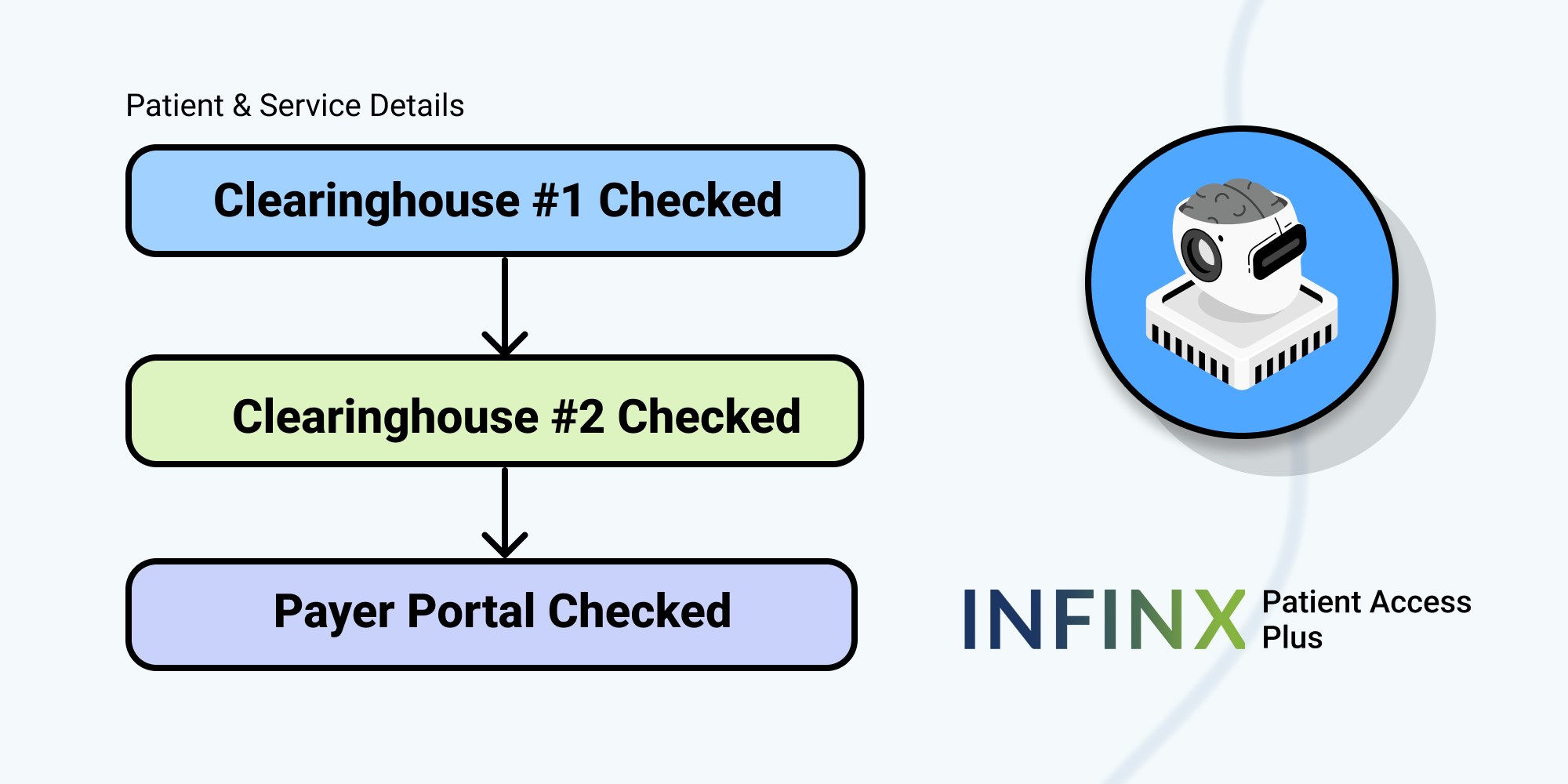When considering operational efficiencies for an orthopedic practice, the patient access functions are often guided by tried and true methods that get the job done but are not always the most beneficial or effective way to do business. With today’s advanced automation, opportunities are available to revisit current patient access procedures and examine what efficiencies might be gained by upgrading those processes.
From verifying insurance to obtaining approved prior authorizations (PAs), orthopedic patient access includes a variety of functions that must happen in a fairly specific order to ensure maximum reimbursement for care provided. In fact, as one of the specialties that experience a high proportion of elective or non-urgent procedures, advanced imaging, and specialty pharmaceuticals, orthopedics has a significant volume of verifications, prior authorizations, and high-ticket patient financial obligations to sort through regularly.
Where Automation and AI Can Make the Most Impact
Over the last years, tremendous progress has been made in automating most business functions within the healthcare industry. First came robotic processing automation, such as chatbots, that are able to handle repetitive tasks and simple customer service functions. Now artificial intelligence (AI) driven platforms can retrieve relevant clinical documentation directly from the EHR/EMR, determine necessity, and prepare, submit, and track information and requests, freeing up administrative staff to concentrate on the patient’s overall experience.
5 Integrated Opportunities that Improve the Orthopedic Patient Access Workflow
-
Verifying Patient Insurance — Each patient should have their insurance, and demographic information verified every time they interact with a practice. With automated verification tools available, this process should be second nature at the outset of each patient encounter to ensure reimbursement at the highest level.
Patients typically don’t have a working knowledge of the ins and outs of health insurance and often rely heavily on their providers to steer them through the gauntlet. Step into the role wholeheartedly with advanced automation, and your practice stands to gain increased patient loyalty and a better bottom line.
-
Benefits and Eligibility — Once insurance is verified, benefits eligibility follows with up-to-date information on out-of-pocket costs the patient may be responsible for, including copays, annual maximums, deductibles met, and remaining, and whether a PA is required.
-
Prior Authorization — Insurance payers have strict medical necessity criteria for Orthopedics that is heavily influenced by the elective nature of many orthopedic surgeries and the advanced imaging and recovery/rehab required as part of diagnosis and treatment. With most PAs requiring between 30 to 60 minutes to prepare, several hours to submit, and up to two weeks for decisions, manually managed PAs make up the single most significant roadblock in today’s practices.
With an AI-driven solution that’s fully integrated into the EHR/EMR, necessity determined, information gathered, and PAs submitted to payers all in real-time with follow-up performed around the clock. This allows appointments to be scheduled faster, and patients, providers, and staff moving to the end goal more quickly.
-
Patient Portions Due — When analyzing the overall operations of any practice, the aging AR, days outstanding, and uncollectible/bad debt numbers give an excellent indication of how high the business team is functioning. Patient Portions Due can and should be effectively collected before services have been rendered and are much more difficult later, especially if a surprise.
Through automated and immediately available dollar amounts, patients can be fairly notified and given options as to payment arrangements or treatment choices.
-
Clinical Decision Support Mechanism (CDSM) — Currently in the test phase until January 1, 2021, providers ordering advanced imaging testing through a radiology group or imaging center for Medicare patients are required to consult an Appropriate Use Criteria (AUC) tool when making medical decisions. Once that has happened, the provider needs to forward a certificate of compliance to the radiology practice for billing purposes.
By using an AI-driven CDSM tool from a CMS-approved vendor, this process can be seamless, and reimbursement roadblocks removed for the performing provider.
With up-to-the-minute information available on live dashboards, clinical and administrative staff members have an aerial view of practice and patient logistics. Flow and throughput can be proactively managed to ensure scheduling efficiency and reduced bottlenecks enhancing everyone’s daily performance.
Contact us to schedule a conversation about advanced automation and the patient access process to improve your bottom line.



